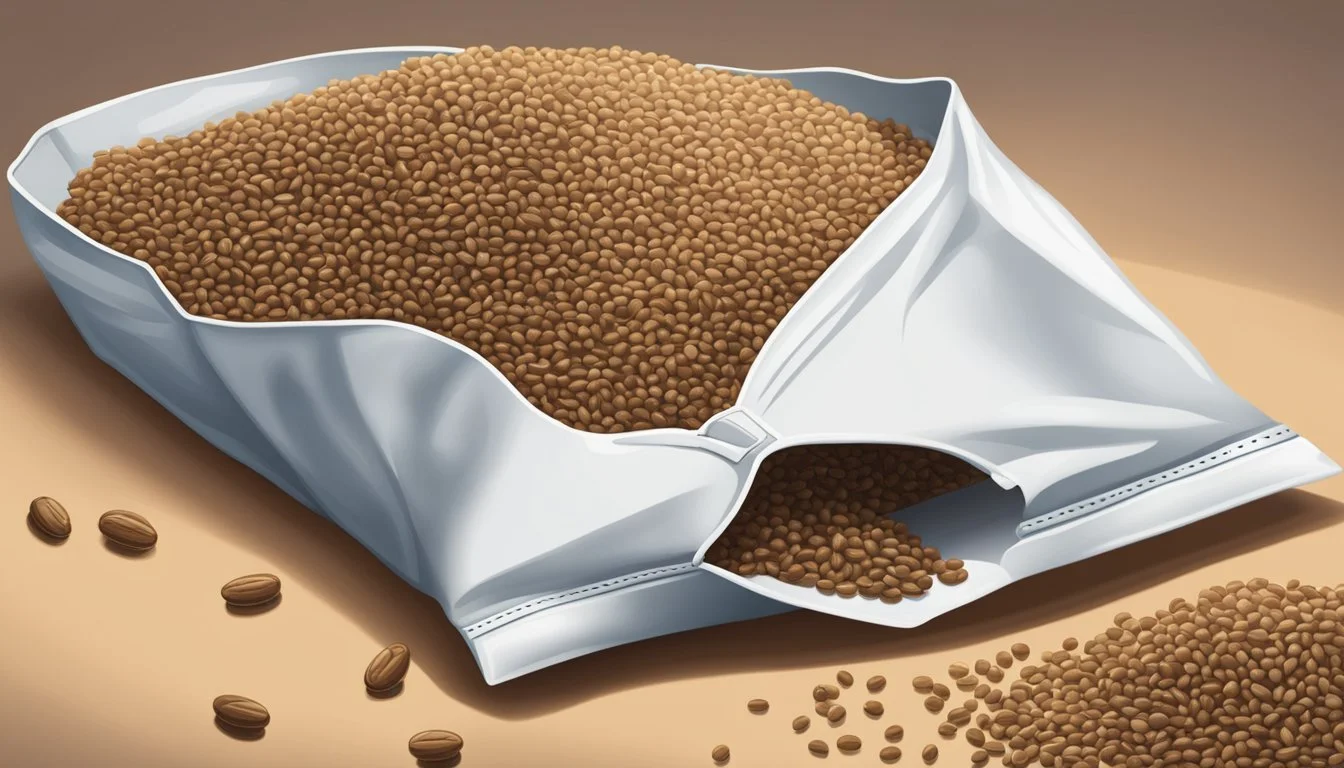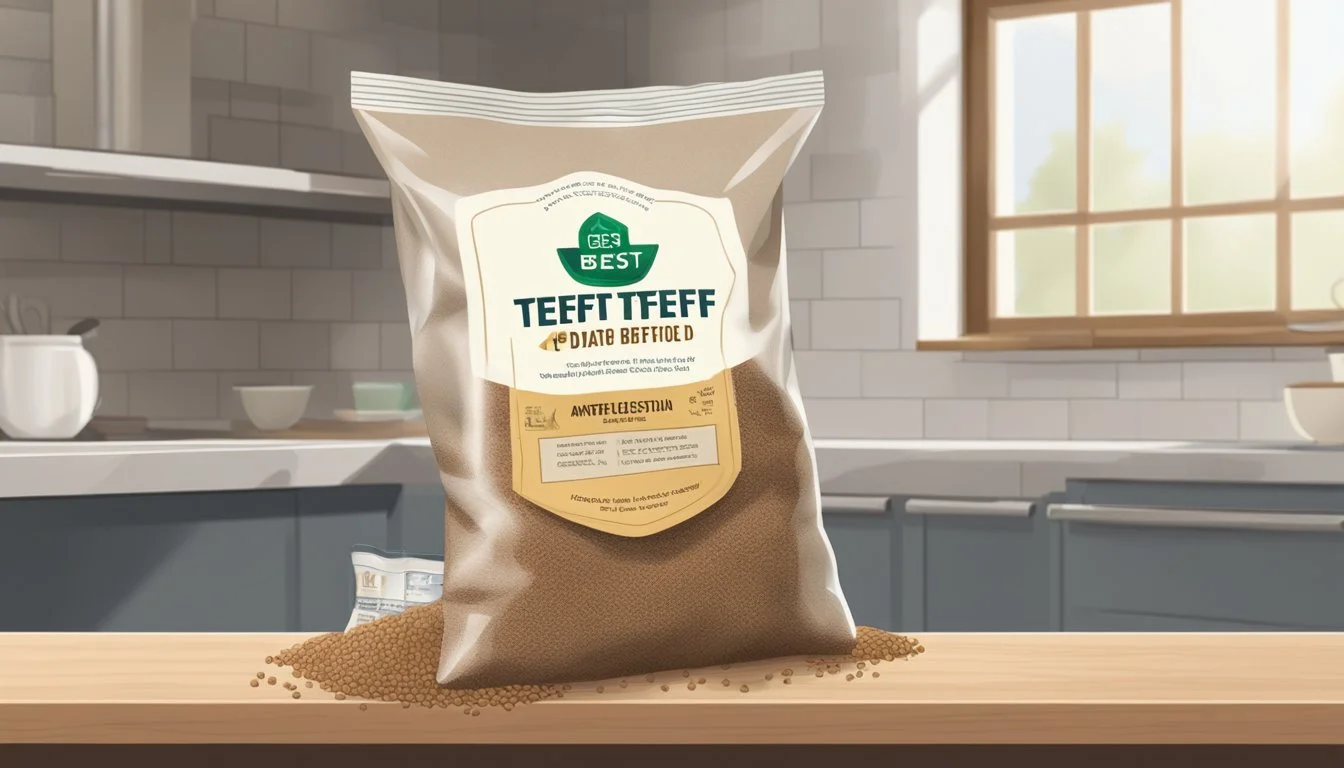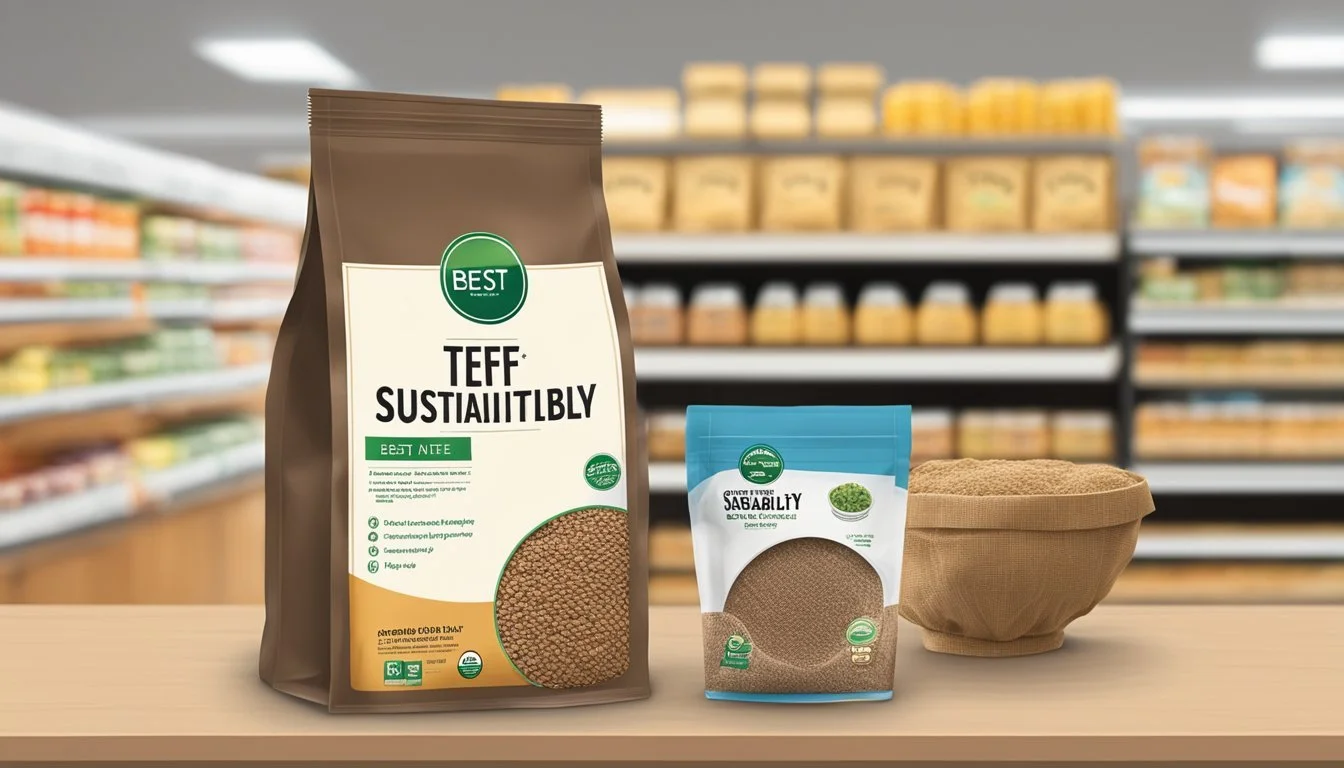Does Teff Go Bad?
Understanding Shelf Life and Proper Storage
Teff, an ancient grain native to Ethiopia, has garnered attention for its rich nutritional profile and gluten-free nature. Yes, teff can go bad if not stored properly. Storage conditions play a crucial role in maintaining its freshness. When teff starts to spoil, you might notice changes in color, an off smell, or clumping due to moisture absorption.
This whole grain is not only versatile but also packed with essential nutrients like calcium. To prolong teff's shelf life, it's essential to store it in an airtight container in a cool, dry place. Checking for signs of spoilage before use ensures that you reap the benefits of this nutritious grain without any health risks.
Whether incorporated into your gluten-free diet or as part of an effort to explore diverse grains, understanding how to store teff properly can enhance your culinary adventures. By taking the right precautions, you can enjoy the rich flavors and health benefits that teff offers.
Understanding Teff
Teff, an ancient grain, is notable for its robust nutritional profile and significant health benefits. Detailed insights into its origins and how it compares to other grains highlight its unique contributions to a balanced diet.
Origins and Nutritional Profile
Teff is a tiny grain native to Ethiopia, where it has been a staple for thousands of years. Rich in nutrients, it is particularly high in iron, calcium, and protein. One cup of cooked teff provides approximately 123 milligrams of calcium, about 10% of the daily value.
Teff's composition includes all eight essential amino acids, making it a complete protein source. It boasts significant amounts of fiber, iron, and various vitamins and minerals, contributing to its standing as a superfood. The grain's low glycemic index makes it beneficial for blood sugar management.
Comparison with Other Grains
Teff stands out among grains due to its high calcium content, surpassing most other grains. For example, it contains more calcium than wheat and rice. Its iron content is also higher, essential for individuals with dietary iron needs.
On the other hand, teff is less common and more expensive than widely available grains like oats or quinoa. Despite its cost, its nutritional value makes it a worthwhile addition to a healthy diet. Its unique amino acid composition further cements its reputation as a highly nutritious grain.
Teff in Culinary Uses
Teff can be found in a range of traditional dishes and is increasingly incorporated into modern recipes. It is valued for its versatility in both sweet and savory applications.
Traditional and Modern Recipes
Teff is a staple in Ethiopian cuisine, most famously used to make injera, a spongy flatbread. This bread acts as both a plate and utensil in Ethiopian meals.
In modern recipes, teff flour is embraced for gluten-free baking. It adds a slightly sweet, nutty flavor to baked goods like muffins, cakes, and cookies. Teff can also be cooked as a grain and used in porridge or as a substitute for rice or quinoa in salads and side dishes.
Cooking Methods
To cook teff, follow a similar process to oatmeal. Use a 3:1 water-to-teff ratio, bringing the water to a boil before adding the grain. Once boiling, the heat should be reduced, and the mixture simmered for about 20 to 30 minutes until the water is absorbed.
Teff flour can be used in a variety of baking recipes, from bread to pancakes. It also works as a thickener in soups and stews, enhancing both texture and flavor. For those with dietary restrictions, teff is an excellent gluten-free flour alternative.
Shelf Life and Storage of Teff
Teff, known for its rich nutritional profile, requires proper storage to maintain its quality. Understanding how to store teff effectively can extend its shelf life significantly.
Factors Affecting Teff Shelf Life
The shelf life of teff flour and grains largely depends on storage conditions and packaging. Fresh unopened teff flour typically lasts for about one year. Once opened, it is good for approximately two months. Exposure to air accelerates deterioration, making airtight containers essential. Temperature also plays a crucial role; warmer conditions can speed up spoilage.
Humidity and light are additional factors. High moisture levels and direct light exposure can cause teff to spoil faster. To maximize shelf life, always check the expiration date on the packaging and follow manufacturer recommendations.
Optimal Storage Conditions
Teff flour and grains should be stored in a cool and dry place. A pantry with low humidity is ideal. Once opened, placing teff in an airtight container can help extend its freshness. Fridge storage boosts longevity to 3-4 months, and the freezer can extend it further to around six months or more.
Avoid storing teff in locations prone to pests and moisture, like garages or storage units. Keeping it in a dark place can also help maintain its quality. Always ensure the storage area is clean and free from contaminants.
Identifying Spoiled Teff
Teff, like other grains, can spoil when not stored properly. Identifying signs of deterioration and knowing how to prevent contamination are crucial for ensuring the grain's quality and safety.
Signs of Deterioration
Spoiled teff exhibits several warning signs. One of the most noticeable is a change in odor. Fresh teff generally has no distinct smell, but if it becomes rancid or sour, this is a clear indicator of spoilage.
Color changes are another sign. Teff that has gone bad might have an off-color or unexpected discoloration, which means it should not be consumed.
Texture is also important to check. Spoiled teff might feel clumpy or sticky due to the presence of moisture which often leads to spoilage. Be on the lookout for any mold or bacterial growth on the grain. Visible mold is a definite sign that the teff is no longer safe to eat.
Preventing Contamination
Proper storage is key to preventing contamination of teff. Store teff in a cool, dry place, away from direct sunlight to avoid moisture buildup.
Using airtight containers can help keep out air and moisture, extending the grain's shelf life. Ensure the containers are clean and dry before use as any residual moisture can promote bacterial growth.
Label your containers with the date of purchase or milling so you can track the freshness of your teff. Regularly check your stored grains for any initial signs of spoilage, such as an off color or musty odor, to ensure they remain safe to consume.
By following these practices, the longevity of teff can be maintained, reducing the risk of consumption-related issues.
Health Considerations
Teff flour offers numerous health benefits, making it a popular choice in various diets, especially for those avoiding gluten. Despite its advantages, there are some potential downsides to consider.
Gluten-Free Diet Benefits
Teff flour is naturally gluten-free, making it an excellent choice for individuals with celiac disease or gluten sensitivity.
Rich in dietary fiber, it helps maintain healthy digestion and can aid in regulating blood sugar levels.
Teff is also a good source of essential minerals like iron, calcium, and magnesium, which benefit overall health. Its high iron content can help address anemia.
The presence of resistant starch in teff supports gut health and improves the stomach microbiome. These traits combined make it a valuable addition to a gluten-free diet.
Potential Downsides
Despite its benefits, teff flour contains antinutrients such as phytic acid, which can interfere with the absorption of essential minerals like calcium and iron.
For those susceptible, it might exacerbate deficiencies if not balanced with other food.
Another downside is its potential to cause digestive discomfort due to its high fiber content, affecting individuals with sensitive stomachs.
Storage is crucial, as improperly stored teff flour can go bad, reducing its nutritional value and making it less safe to consume. Proper storage involves keeping it in an airtight container in a cool, dry place.
These considerations are important for anyone looking to incorporate teff into their diet.
Purchasing and Sustainability
When purchasing teff, it's important to focus on quality and sustainability. Consider the factors that affect teff's environmental and economic impact.
Choosing Quality Teff
When selecting teff, look for whole grain flour, which retains the nutrient-rich bran and germ. Checking for brown teff flour or red teff options can add variety and specific nutritional benefits. Packaging should be airtight to maintain freshness and extend shelf life.
Quality can often be identified by examining the texture and color; fresh teff should have a consistent appearance and scent. Always consult the milling date and storage recommendations on the label. Prices can vary significantly, with teff often being more expensive than other grains, so purchasing from trusted vendors is essential.
Environmental and Economic Aspects
Teff production primarily occurs in Africa, especially in Ethiopia. It has a smaller environmental footprint compared to other grains due to its adaptability to arid conditions. This makes it a sustainable choice, requiring less water and fewer resources.
Economic benefits of teff cultivation extend to local farmers by providing a reliable income source. As global demand increases, so do the opportunities for sustainable trade practices. Ethically sourced teff helps support both environmental and socio-economic sustainability, making it a responsible choice for consumers who prioritize eco-friendly products.







